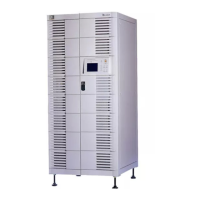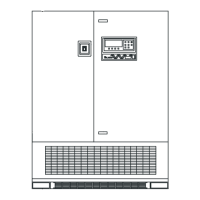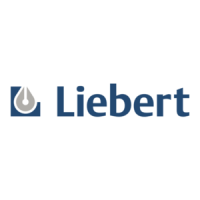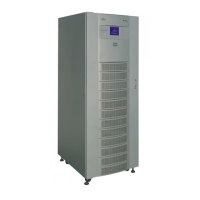Why is the rectifier’s input voltage frequency abnormal in my Liebert Power Supply?
- DDavid SellersAug 30, 2025
If the rectifier’s input voltage frequency of your Liebert Power Supply is abnormal, it means that rectifier frequency exceeds the normal range. Check the rectifier’s input voltage frequency.




